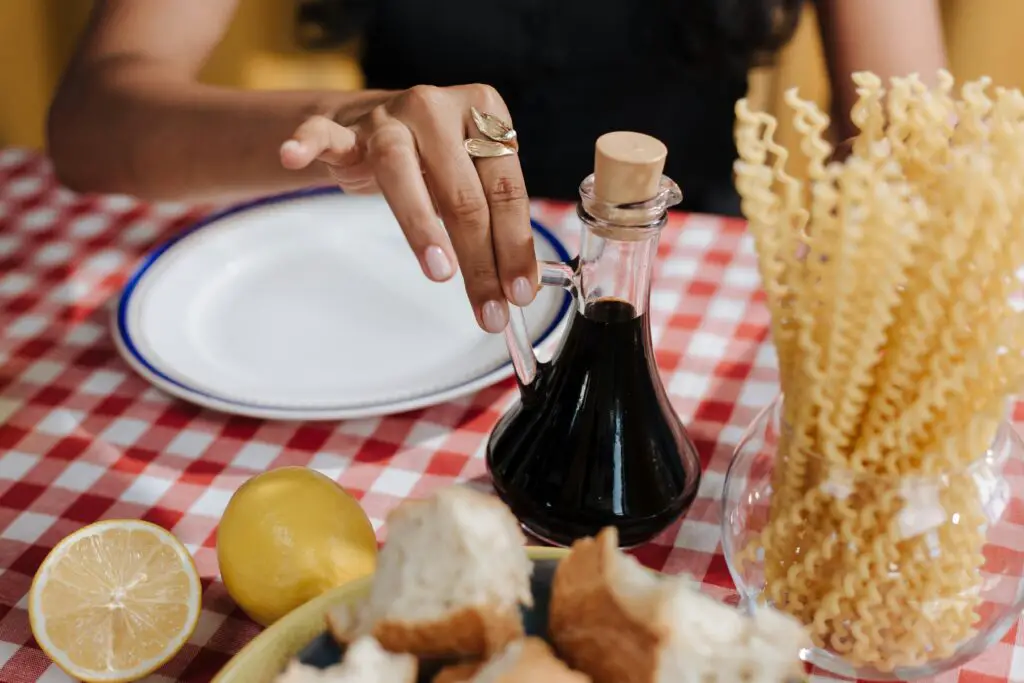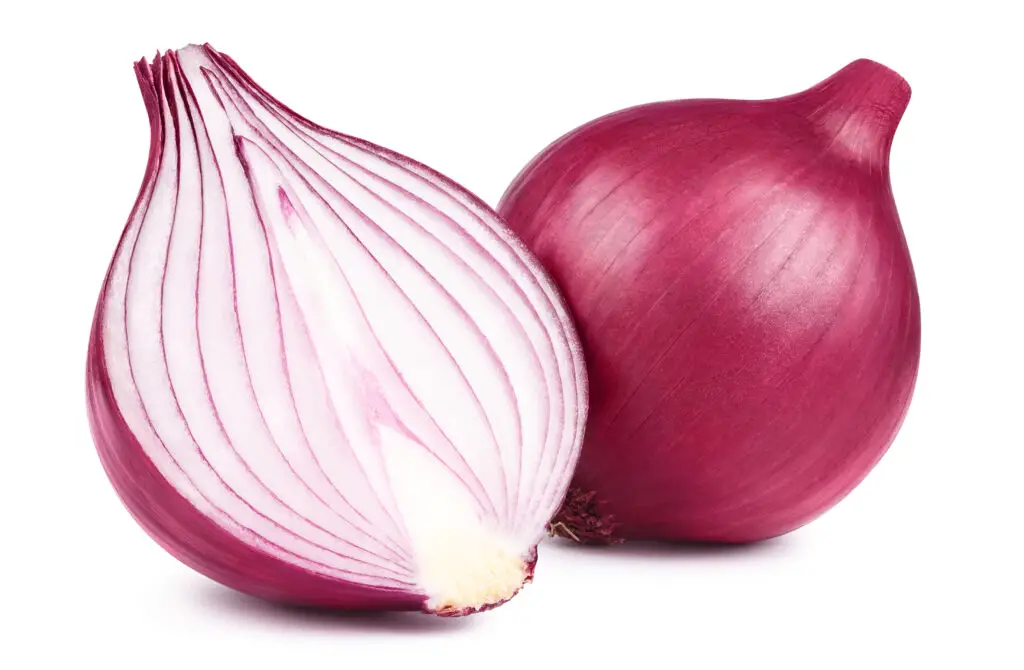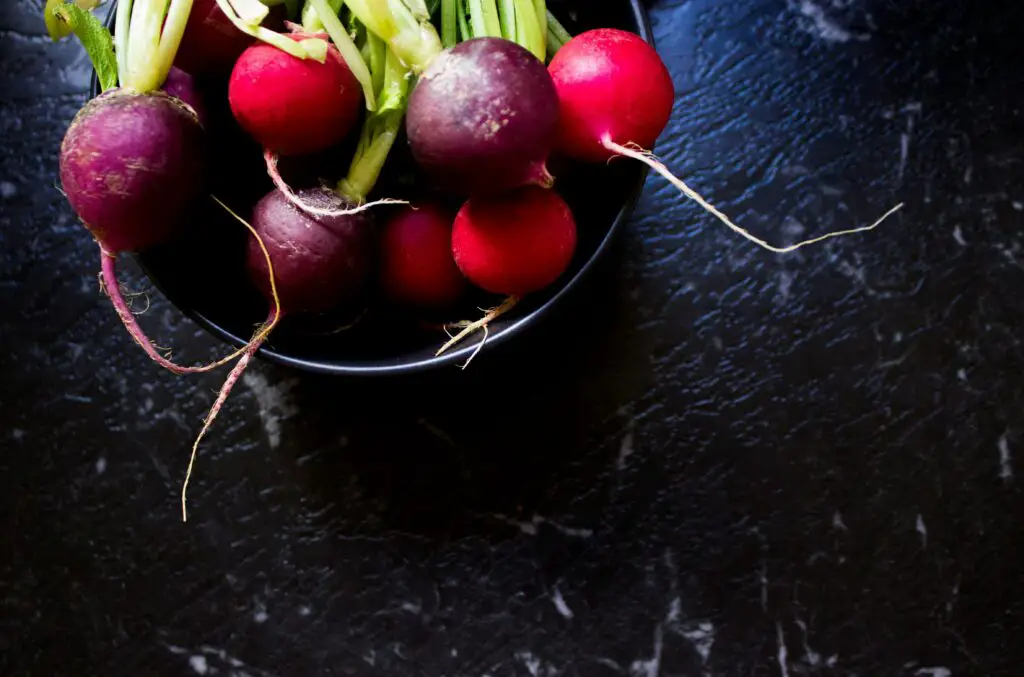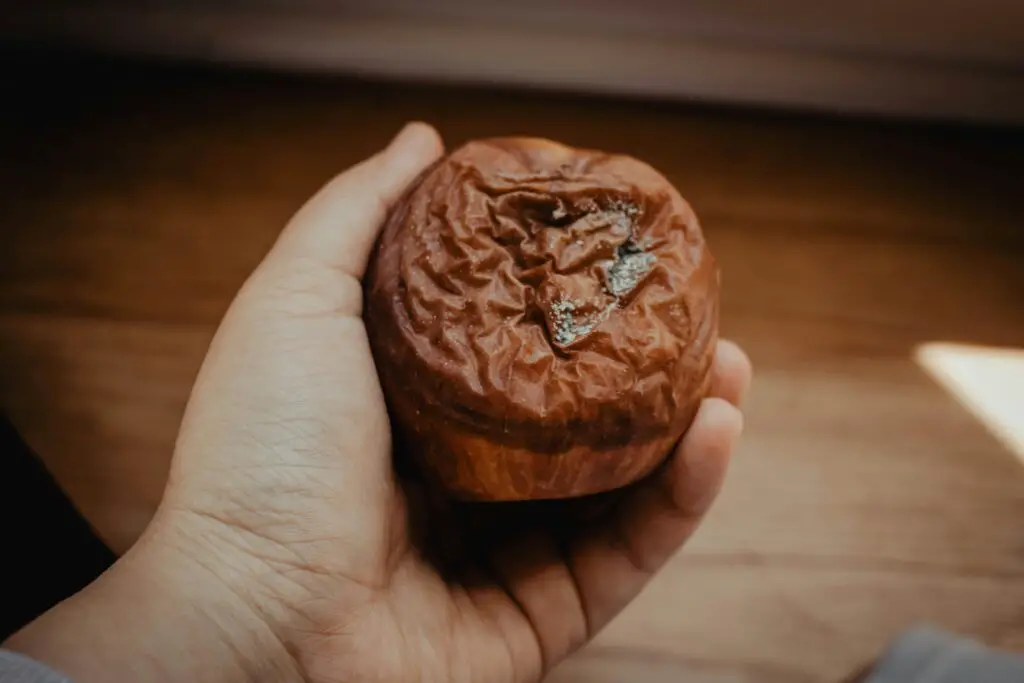1. Garlic and Honey Elixir

Garlic has been a go-to remedy for centuries, with ancient civilizations swearing by its immune-boosting powers. When combined with honey, it becomes a powerhouse against colds and infections. This odd but effective remedy dates back to at least the Middle Ages, when people believed garlic could ward off the plague. Honey not only masks the strong flavor but also adds its own antibacterial benefits. Some cultures even ferment the garlic in honey for weeks, creating a syrup-like consistency that’s easy to take by the spoonful. It might not sound like the most appealing treat, but many people still swear by it shares New York Post.
Even today, herbalists and home remedy enthusiasts keep jars of this mixture on hand, especially during flu season. Some even blend it into teas or spread it on toast for an extra immune boost. Scientists now recognize garlic’s allicin as a powerful antimicrobial compound. Honey, meanwhile, has been shown to soothe sore throats and fight bacteria. Whether you’re a fan of natural remedies or just curious, this ancient elixir might be worth a try.
2. Fire Cider

This spicy, tangy concoction dates back to folk medicine traditions and is still a favorite among herbalists. Fire cider typically contains apple cider vinegar, garlic, onions, ginger, horseradish, and hot peppers. Some people add turmeric or citrus for an extra kick. The idea is that the intense heat and acidity help fight off colds and sinus infections. The ingredients are steeped in vinegar for weeks, creating a potent tonic that some people take as a daily shot adds Martha Stewart.
It’s not for the faint of heart, but many believe it helps clear congestion and boost immunity. Some even mix it into salad dressings or use it as a marinade. While it might burn on the way down, it’s packed with compounds that have antibacterial and antiviral properties. If you can handle the heat, fire cider is a centuries-old remedy that might be worth keeping in your kitchen.
3. Chicken Feet Soup

While chicken soup is a well-known comfort food when you’re sick, many cultures have specifically relied on chicken feet for an extra healing boost. Chicken feet are loaded with collagen and gelatin, which help support gut health and the immune system. This dish has been used in Traditional Chinese Medicine and Latin American kitchens for generations. Some believe the high levels of minerals and amino acids help speed up recovery from illness says Sarasota Magazine.
It might seem unusual if you’re not used to it, but chicken feet add richness to the broth and create a deeply nourishing soup. The gelatin can also help soothe a sore throat and support joint health. Some cooks simmer the feet for hours with herbs like garlic and ginger for added benefits. Whether or not it’s a miracle cure, it’s definitely a time-honored tradition in many households.
4. Mustard Plaster

Long before modern cough syrups, people used mustard plasters to ease chest congestion. This remedy involves mixing mustard powder with flour and water, spreading it on a cloth, and applying it to the chest. The warmth helps increase circulation and break up mucus. It was a common treatment in 18th and 19th-century households, especially during cold and flu season. Some people even believed it could help with pneumonia shares Countryfile.com.
The trick is to be careful not to leave it on too long, as mustard can be irritating to the skin. Many grandmothers swore by it, and while it’s not as popular today, some still turn to it for stubborn coughs. The scent alone is enough to clear your sinuses. If you’re into old-school remedies, this one might be worth reviving.
5. Vinegar and Brown Paper Poultice

This odd-sounding remedy dates back to the 17th century and was famously mentioned in nursery rhymes. People soaked brown paper in vinegar and applied it to bruises or sore muscles. The acetic acid in vinegar was believed to help reduce inflammation and improve circulation. Some even used it for headaches, placing the vinegar-soaked paper on their foreheads explains Remedy This.
While it might seem outdated, vinegar does have antimicrobial properties and can help with minor aches. Today, some people still use apple cider vinegar compresses for sore muscles. It might not replace modern medicine, but it’s a fascinating glimpse into how people treated ailments centuries ago.
6. Onion Syrup

Onions have long been used as a natural remedy for coughs and colds. A popular method involved slicing onions and layering them with sugar or honey to draw out the juices. The result was a syrupy mixture that people took by the spoonful to soothe sore throats and calm coughs. This remedy has roots in European folk medicine and was widely used before store-bought cough syrups became common.
The sulfur compounds in onions are believed to have antimicrobial and anti-inflammatory properties. Some variations of the recipe include adding garlic for an extra boost. While it may not taste great, many people claim it works just as well as over-the-counter remedies. If you’re feeling adventurous, you might want to give this old-fashioned syrup a shot.
7. Elderberry Wine

For centuries, elderberries have been prized for their immune-boosting effects. In medieval Europe, elderberry wine was often consumed during the winter months to ward off illness. People believed the deep purple berries could help fight colds, flu, and even the plague. Modern research suggests elderberries do contain antioxidants and compounds that may shorten the duration of colds.
Some families still make homemade elderberry wine or syrup for cold season. While it won’t replace a doctor’s visit, it remains a beloved natural remedy in many cultures. If you ever come across elderberry wine, it might be worth raising a glass to this centuries-old tradition.
8. Fermented Shark (Hákarl)

This Icelandic dish is infamous for its strong ammonia smell, but it was traditionally believed to have health benefits. The fermentation process removes toxins from the shark meat, making it safe to eat. Vikings consumed it as a source of protein and believed it had medicinal properties. Some say it helped with digestion and boosted endurance.
Today, hákarl is mostly eaten as a cultural tradition, but some Icelanders still believe in its health benefits. It’s definitely an acquired taste, but if you’re looking for an unusual immune booster, this ancient food has quite a history.
9. Burnt Toast for Poisoning

A surprisingly common home remedy involved giving burnt toast to someone who had mild food poisoning. The carbon in the charred toast was believed to absorb toxins in the stomach. This idea is similar to how activated charcoal works today. People in the 19th and early 20th centuries often relied on this trick before modern medicine.
While it’s not a cure-all, burnt toast might help settle a queasy stomach in a pinch. Some old home remedy books even suggested mixing it with tea. It’s certainly one of the simpler ancient remedies to try.
10. Radish and Honey Cough Remedy

Radishes have been used for centuries as a natural decongestant. A common remedy involved hollowing out a radish, filling it with honey, and letting the juices combine overnight. The resulting syrup was taken to soothe coughs and clear mucus. This technique was especially popular in Eastern Europe and Asia.
Radishes contain compounds that can help break up phlegm, making them a natural choice for respiratory issues. Some people still swear by this remedy today. If you like experimenting with traditional medicine, this one is both simple and effective.
11. Clove-Studded Oranges

Cloves have been used for centuries for their antibacterial and antiviral properties. In medieval times, people stuck cloves into oranges and carried them around to ward off illness. This practice became especially popular during the Black Death. The scent was believed to purify the air and protect against disease.
While we now know that airborne germs don’t work that way, cloves do have antimicrobial benefits. Some people still use clove-studded oranges as natural air fresheners. It’s an interesting mix of history and herbal wisdom.
12. Bone Broth

Before trendy bone broth bars, people across cultures relied on slow-simmered broths for healing. Bone broth is rich in minerals, gelatin, and amino acids that support the immune system. It was a staple in traditional medicine, especially for those recovering from illness.
Some say bone broth helps repair the gut lining and reduces inflammation. Whether or not it’s a miracle cure, it’s certainly nourishing. Many still swear by a steaming bowl of homemade broth when they’re feeling under the weather.
13. Moldy Bread for Wounds

Before antibiotics, people used moldy bread to treat infections. Some ancient cultures unknowingly harnessed penicillin-like properties in mold. Egyptians and Greeks placed moldy bread on wounds to prevent infection.
This wasn’t far off from modern medicine, as penicillin was later derived from mold. While we wouldn’t recommend trying this today, it’s fascinating to see how old remedies sometimes led to scientific breakthroughs.
